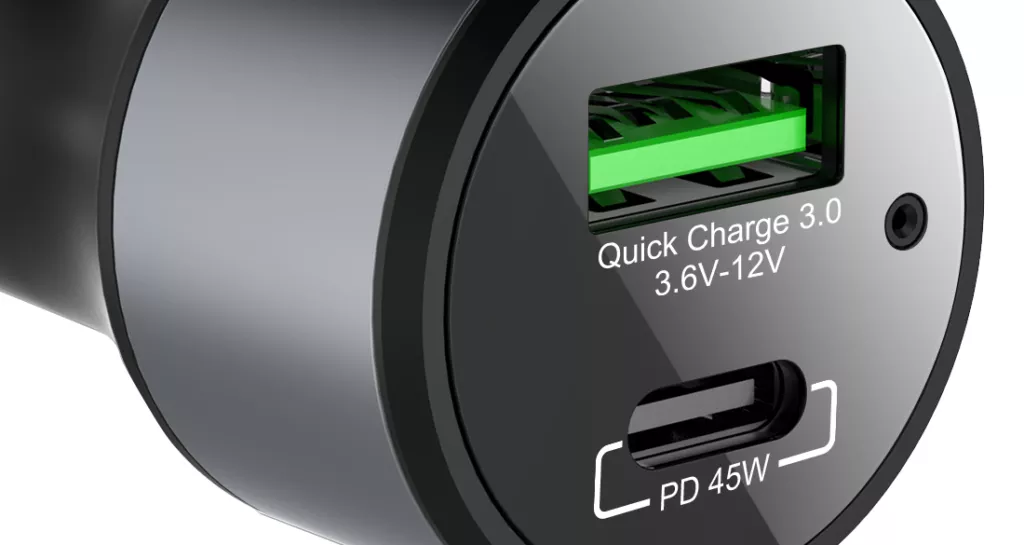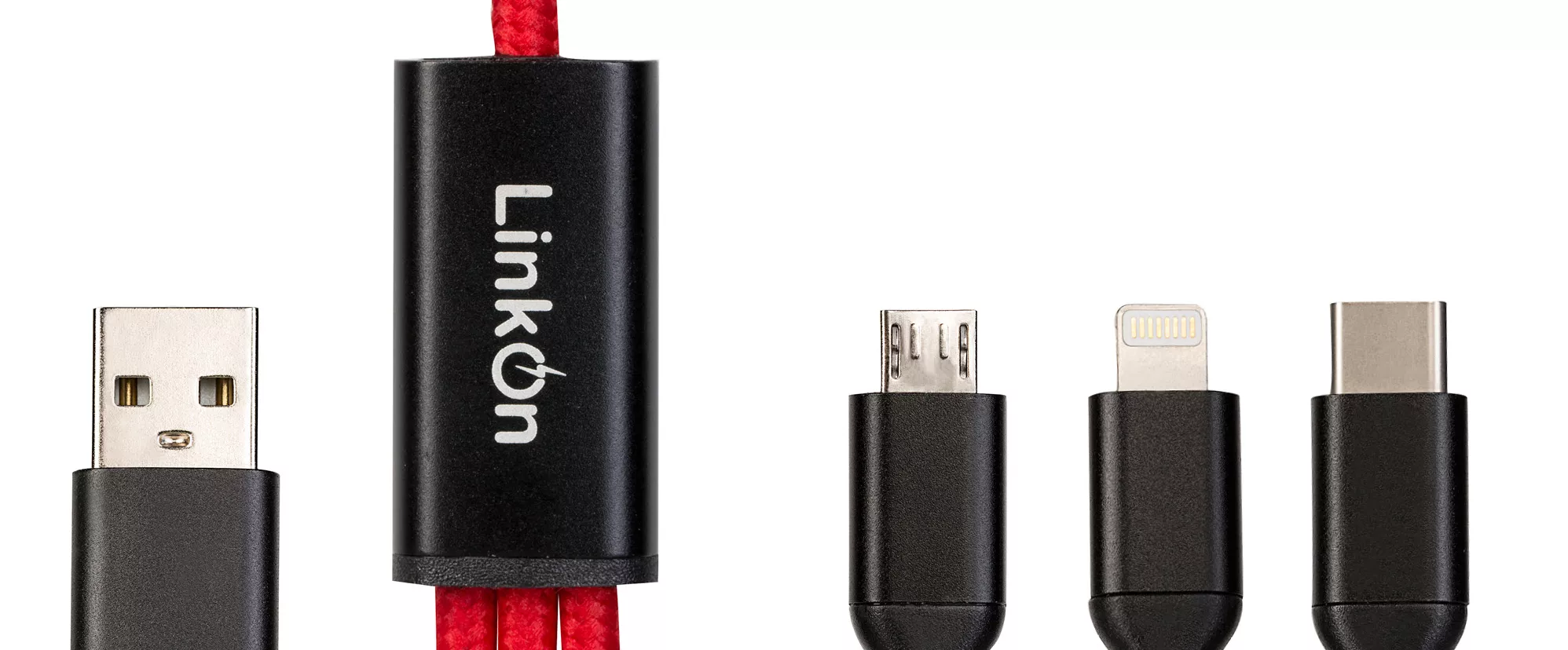
PD3.1 - The New Era of Power is Here
Mobile devices have become faster and smarter than ever but that goes with higher and higher demand for power. To address that vendors are using larger batteries in their devices and those batteries require more power in order to be recharged quickly and you really use them without being attached to the wall.
Several years ago, each vendor was trying to tackle this problem on its own. The result was a large ecosystem of proprietary standards and a complex compatibility matrix, which goes with them. In answer of the growing complexity USB IF organization came up with the USB Power Delivery standard. The result was a capability to deliver up to 100W over the newly developed USB-C standard plug.
While standard at that point in time was delivering wide range of voltages (up to 20V) and amperage (up to 5A) there was still hardware vendors unhappy with it as those power profiles were still limited. For instance, all the 5V, 9V, 12V and 15V power profiles were limited to 3A while the maximum of 5A was only available for the 20V power profile. Many hardware vendors who decided to use low voltage and high amperage for fast charging were not able to take advantage of this open standard and had to continue with their own.
This is when the PPS (Programmable Power Supply) protocol was introduced. That allowed very precise voltage and amperage selection - any voltage from 3.3V to 20V with 0.1V step. That was finally the move, which made the standard convenient enough so that vendors start to adopt the open standard versus their own. Samsung is now using PPS for fast charging their latest smartphones. Xiaomi also adopted PPS as a secondary standard along with their own ultra-fast charging protocol.
The time has come for the PD standard to do what it was initially designed to do. 100W power was certainly not considered for smartphones charging in the beginning. Of course, we see some vendors are pushing the limits for smartphones charging even beyond 100W but that is not what this article is.
Over the last few years, many laptop vendors have adopted the PD standard for charging. That unlocked a completely new world for the notebooks users as to be hones before you would never consider a laptop a truly mobile system. Most of the laptops were able to hold for 2-3 hours hard work and I am not even mentioning gaming or video rendering. Just a very few devices would make you through the day if you are one of those hard working people. Being attached to a wall socket does not really justify having a laptop in the first place. There was a great hunger for mobile power sources for notebooks and this is exactly where USB-C charging using PD protocol shines. A large variety of mobile accessories like car chargers, wall chargers or small and compact travel chargers came out. A big step for the mobile working users who did not want to stay locked home and did not want to make compromises with performance.
For a moment, you would think that everyone is happy and the world have become perfect. However there were still limitations which were causing a struggle for the users. 100W was certainly not enough for some more powerful laptops. Examples like Razer Blade 15 were equipped with USB-C and you would expect them to charge using the latest standard. However vendors for those devices decided to disable USB-C charging as the power was far from sufficient to power the CPU and Graphics card and to charge the battery. They simply didn’t want their customers to make compromise with performance due to being connected to lower power source. So the obvious problem was that the new and convenient standard was not able to serve the needs of exactly those most demanding users.
It took a while but we finally got the new version of the USB Power Delivery standard PD3.1 that addresses the max power limitation issue. It enables delivering of up to 240W power. It was interesting that that is not achieved by further increasing the current but by increasing the voltage beyond 20V. The maximum of power output with PD3.1 is achieved with 48V at 5A. On one hand, that keeps the required cables thin and flexible as we like them. Increase of the amperage would mean thick and inconvenient cables, which carries many problems. However, the higher voltage is certainly something to have in mind. That will require accessories with much more robust isolation. Higher voltages hide higher risks for short circuits and failures but also are more dangerous for people. Transferring all that power through a USB-C cable will surely raise the bar for accessories producers. The cable, which would deliver up to 240W, is called EPR cable. EPR stands for Extended Power Range and indicates that the cable can handle up to 50V at 5A.
Here is a small table, which shows comparison between PD3.0 and PD3.1 standards.
|
|
PD3.0 |
PD3.1 |
|
Max Power |
100W |
240W |
|
Max Current |
5A |
5A |
|
List of supported power profiles |
5V/3A |
5V/3A |
|
9V/3A |
9V/3A |
|
|
12V/3A |
12V/3A |
|
|
15V/3A |
15V/3A |
|
|
20V/5A |
20V/5A |
|
|
|
28V/5A |
|
|
|
36V/5A |
|
|
|
48V/5A |
|
|
Required cable |
5A/100W e-marker cable |
EPR e-marker cable |
We certainly are excited to see the new PD3.1 accessories like the LinkOn 165W PD3.1 USB-C Car Charger on the market. However, more importantly we hope that many of the notebook vendors will start adopting the new standard so that the top performing mobile workstations are getting the power they deserve.


